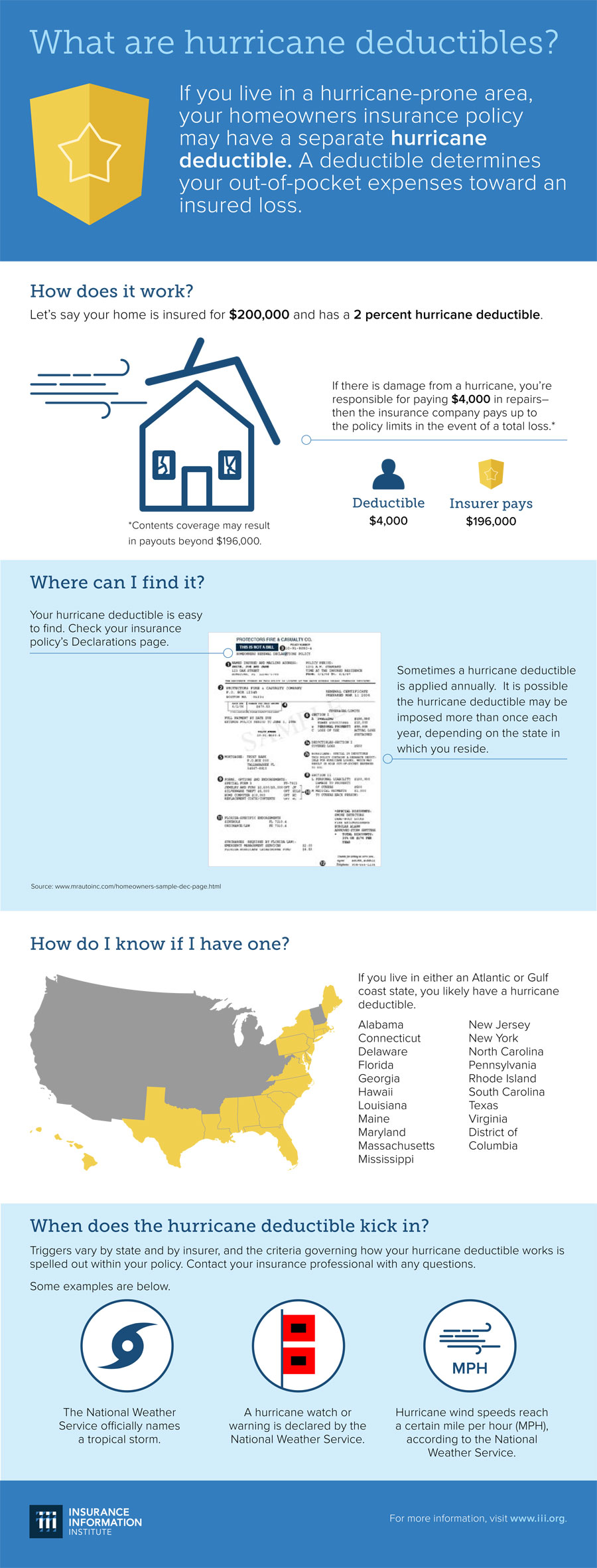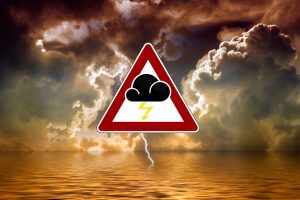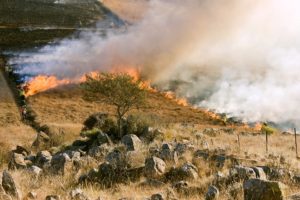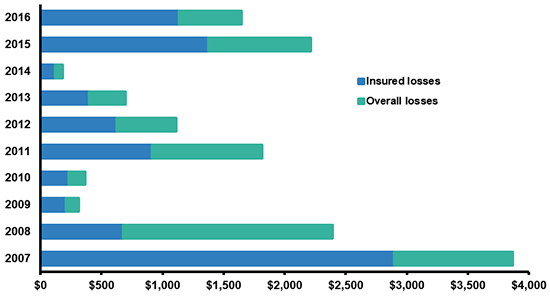Don’t be a victim of dishonest service providers
Courtesy of iii.org
If your home was destroyed by a hurricane, wildfire or other disaster, be cautious.
Unfortunately, there are dishonest service providers that prey on disaster victims. They know that people who have lost their homes and valuables may not be thinking clearly. If you have suffered this type of loss, don’t make any rash decisions. Talk to your insurance agent, who may recommend service providers in your area.
Here are some basic guidelines for hiring service providers.
Here are some basic guidelines for hiring service providers.
Roofers and builders
- Don’t be rushed into signing a contract with any company. Instead, collect business cards and get written estimates for the proposed job.
- Beware of building contractors that encourage you to spend a lot of money on temporary repairs. Payments for temporary repairs are covered as part of the total settlement. If you pay a contractor a large sum for a temporary repair job, you may not have enough money for permanent repairs. In most cases, you should be able to make the temporary repairs yourself. Ask your insurance agent. And remember to keep receipts.
- Investigate the track record of any roofer, builder or contractor that you consider hiring. Look for professionals that have a solid reputation in your community. You can call your Better Business Bureau for help. Also, get references and never give anyone a deposit until after you have thoroughly researched their background.
A common fraud scheme is for a so-called “contractor” to convince a homeowner that a large deposit must be provided before repair work can begin. Frequently, the job will be started, but not completed. Unfortunately, these con artists are never seen or heard from again.
Public adjusters and attorneys
- Don’t make any rash decisions about hiring someone to handle your claim. Be especially wary of individuals who go door-to-door soliciting business in the aftermath of a catastrophe. Most importantly, don’t let anyone scare you into signing a contract. You don’t want to be victimized by someone who comes into town, hoping to make a fast buck. You could end up forfeiting a significant portion of your insurance dollars.
- Before hiring a public adjuster or an attorney, try to settle your claim directly with your insurance company. Your insurer provides an adjuster at no charge to you. Ask your insurance agent or company representative to help you with your claim and don’t be afraid to ask questions. If you decide to work directly with your insurer, you still have the right to hire a third-party professional to help you.
- If your claim is complicated and you want to hire a public adjuster or attorney, make sure that person is qualified to handle your case. Ask your friends, relatives or business associates for the names of well-regarded professionals in your community. Also, call your state insurance department regarding a public adjuster, and your state or county bar association about a prospective attorney.
- Understand that you will have to pay a public adjuster 15 percent and an attorney as much as 30 percent of your total claim settlement.
Next steps: Make sure your home is properly insured before disaster strikes.




